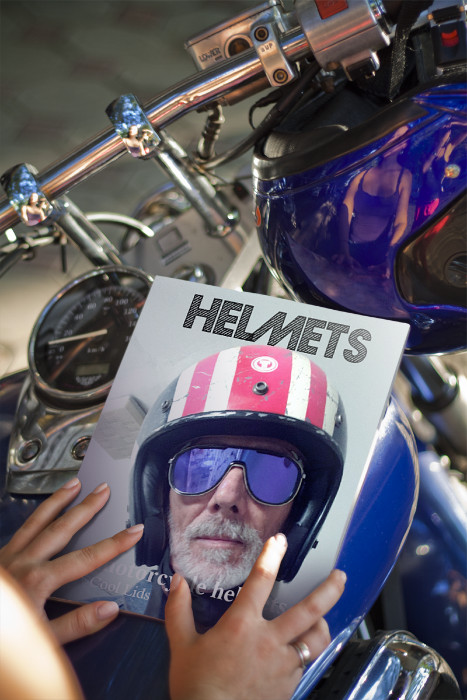Motorcycle helmets are vital in keeping individuals alive. As a matter of fact, there isn’t anything that will help you more in an accident circumstance than wearing one. A motorcycle helmet safeguards the head, and is likewise utilized as a face safeguard, for ear security, and for radio purposes. Present day helmets are produced using plastics, and are frequently supported with Kevlar or a carbon fiber. For solace and assurance they for the most part have texture and froth insides. During an accident circumstance, a motorcycle helmet will break, which is what they are intended to do. Fundamentally, the helmet will retain the energy and effect of the fall rather than the rider’s skull. Therefore, they don’t offer a lot of security after their most memorable effect. An effect might come from different reasons beyond an accident circumstance, i.e. dropping the helmet from a high spot, which may not create any outside harm. Generally speaking, helmets ought to be supplanted after a significant effect. Be that as it may, it’s really smart to supplant it following three to four years, whether or not it has supported influence or not; it’s a decent protect.

There are three sorts of motorcycle helmets ; contingent upon how much insurance you are searching for: Full-face helmet: covers the whole head, including the foundation of the skull. These helmets ordinarily have a defensive segment that covers the jaw too. A plastic safeguard covers the eyes. The conspicuous advantage of a full-face helmet is its degree of security. The downsides are an expanded degree of intensity and decreased degree of hearing. 3/4 face helmet: covers the rear of the skull, however doesn’t have jaw insurance. Some proposition a visor, which blocks out brilliant daylight or blinding headlights. A 3/4 face helmet gives comparable back insurance as a full-face helmet, yet not much security for the face. 1/2 helmet: gives minimal measure of inclusion for the most part permitted by regulation in the US. These kinds of helmets are gotten by a jaw lash, which offers some degree of security by keeping the helmet on the head.
More famous since required helmet regulation was passed are “beanies”, which are not confirmed and are utilized to by riders to cause it to give the idea that they are conforming to the law. Such helmets are more modest and lighter than others and for the most part have a cool, smooth appearance. They are not great for crash assurance since they come up short on froth layer that safeguards the rider’s mind. A common motorcycle helmet has two significant defensive components: An external shell that is made of acrylonitrile butadiene styrene (ABS) plastic, fiberglass or Kevlar. It is generally genuinely meager. The reason for this hard external shell is to forestall entrance of the helmet by a sharp item that could penetrate the skull. It likewise gives construction to the internal liner so it doesn’t deteriorate when it hits cement, asphalt or some other hard surface. The froths utilized on motorcycle helmets normally have next to no protection from entrance and scraped spot.